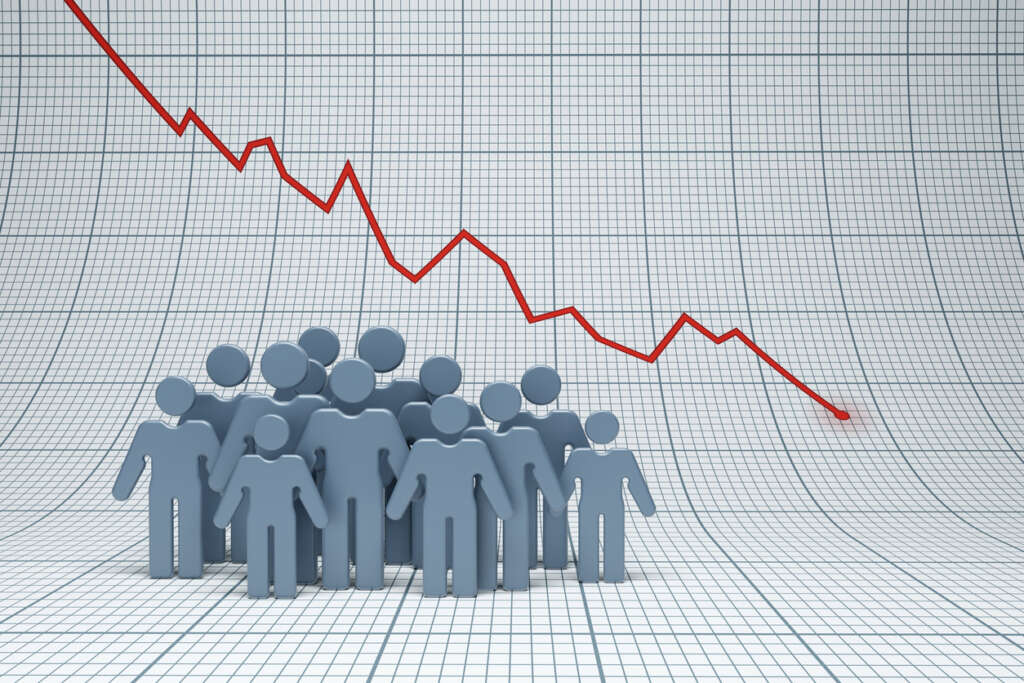
A decline in population growth leads to a jump in investment in robots, research from Vienna University of Economics and Business (WU) has found.
According to the study, undertaken by Klaus Prettner and Ana Lucia Abeliansky of WU’s Department of Economics, for every one percent decline in population growth, robot density growth increases by two percent. Countries with particularly low population growth therefore also have the highest density of industrial robots per worker.
According to Prettner and Abeliansky, the findings of the study are evidence of demographic change being a key driver of automation.
“We proposed a simple theoretical framework for production in the age of automation and apply it to countries facing declining population growth,” says Klaus Prettner, co-author of the study and professor of economics at WU.
“In this model, we introduce automation as a new factor of production that resembles the characteristics of labour in the production process, but the corresponding robots, 3D printers, and smart algorithms are owned by ‘capital owners’. In this framework, lower population growth strengthens the incentive to invest in automation,” Prettner adds.
And, according to Prettner and Abeliansky, the implications of this trend could be wide-reaching:
“Countries facing significant demographic challenges will be the first to invent and adopt new automation technologies. This, in turn, could help them overcome some of the negative effects that declining population growth and demographic change mean for economic prosperity,” says Prettner.


